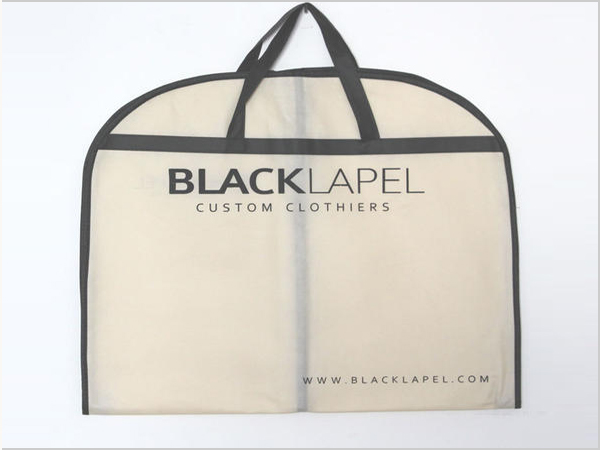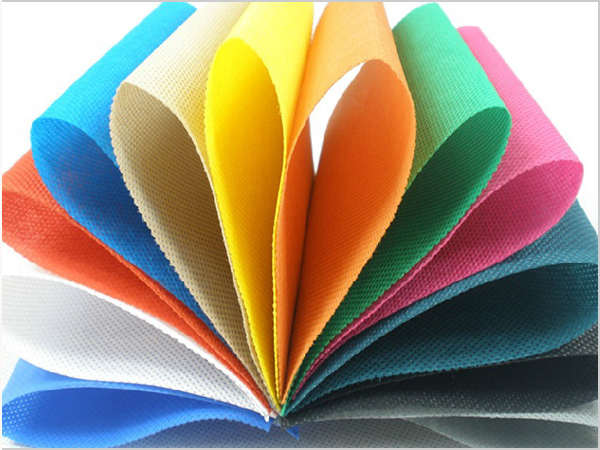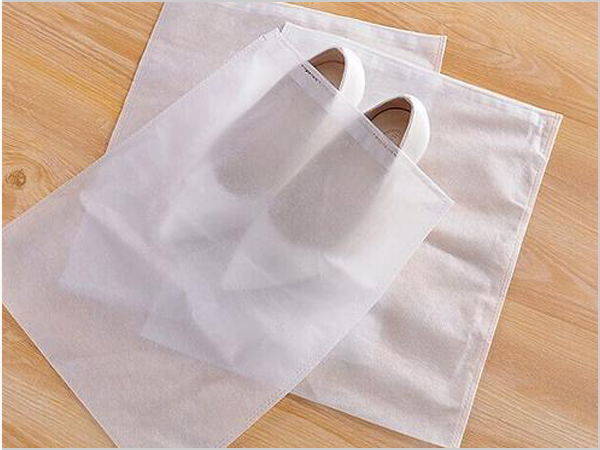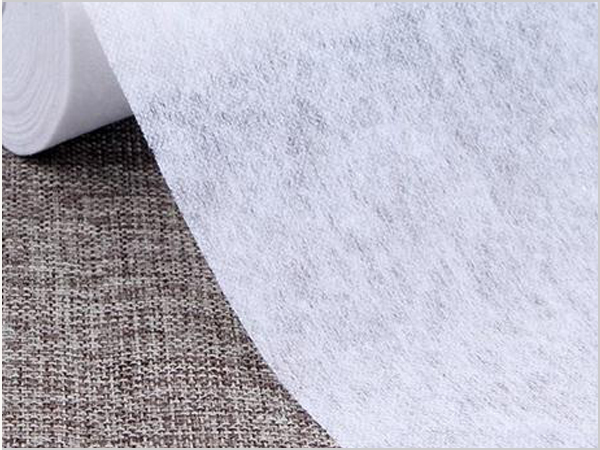- Why can spunbond nonwoven fabric dominate the market?
- Foreign trade exports are moving forward under pressure, with both resilience and challenges coexisting
- Explore the environmental protection characteristics and application fields of PP non-woven fabric
- The rise of the Latin American market is expected to become a new growth pole for China's textile foreign trade
- The production process of spunbond nonwoven fabric determines its unique characteristics!

- Telephone: 0551- 66779966
- Cellphone: 18955130444
- Email: 58792982@qq.com
- Address: Building 1-2, East of Wubu Village Section, Hehuai Road, Wushan Town, Changfeng County, Hefei City, Anhui Province
Recently, US President Trump has successively issued multiple rounds of tariff measures, causing a severe shock in the global trade pattern. On July 7th, Trump sent "tariff notification letters" to 14 countries. On July 9th, he issued a second wave of tax collection letters, involving seven countries including Brunei, Algeria, Moldova, Iraq, the Philippines, Libya and Sri Lanka.
According to CCTV News, the United States will impose a 25% tariff on products from Brunei and Moldova, a 30% tariff on products from Algeria, Iraq and Libya, a 20% tariff on products from the Philippines, a 30% tariff on products from Sri Lanka and a 50% tariff on products from Brazil starting from August 1. In addition, Trump also stated at the White House Cabinet meeting that the 10% tariff imposed on the BRICS countries is about to be implemented. Up to now, the United States has imposed tariff rates ranging from 20% to 50% on 22 countries, and the global trade landscape is facing a drastic reshaping.
The predicament of textile export-dependent countries
As the world's second-largest exporter of clothing, Bangladesh's clothing exports to the United States account for 20% of its total exports. In 2024, its export value to the United States reached 8.4 billion US dollars. If the new 35% tariff is implemented, Bangladesh's competitiveness in the US market will be severely weakened, and its total tariff burden may exceed 50%. The chain reaction in the clothing industry is likely to spread to ecosystems such as finance and logistics, threatening the livelihoods of factories and workers. Although Vietnam has reached a 20% tariff arrangement through negotiations, temporarily avoiding higher tariffs, countries like Bangladesh are worried that their market share in the US will be seized by Vietnam and others. Suppliers may be forced to shift their focus, and the industry is facing a reshuffle.
The tug-of-war in agricultural trade
Negotiations between India and the United States over tariffs have reached a stalemate, with cotton trade becoming a key issue. India is a major cotton producer in the world. Its cotton is used in the domestic textile industry and for export. The United States, on the other hand, is the world's largest cotton exporter. The two countries complement and compete in cotton trade. The United States is attempting to expand its agricultural exports to India to narrow its trade deficit, but India is protecting its agricultural sector due to issues such as food security. As a result, tariff negotiations have become a battlefield for the game between agriculture and politics. Indian farmers have been affected by policies such as lower support prices, and the foundation of agriculture is facing a blow.
Declaration: The content of this article is compiled from the Internet and the copyright belongs to the original author. If there is any infringement, please inform us in time and contact us for deletion.
- Why can spunbond nonwoven fabric dominate the market?
- Foreign trade exports are moving forward under pressure, with both resilience and challeng
- Explore the environmental protection characteristics and application fields of PP non-wove
- The rise of the Latin American market is expected to become a new growth pole for China's
- The production process of spunbond nonwoven fabric determines its unique characteristics!
- The global trade landscape is undergoing significant changes in 2025
- The 11th China International Silk Conference was held in Shengze
- What are the core advantages of spunbond nonwoven fabric?
- What are the magical aspects of the manufacturing process of spunbond nonwoven fabric?
- The textile industry is enjoying dual policy benefits



